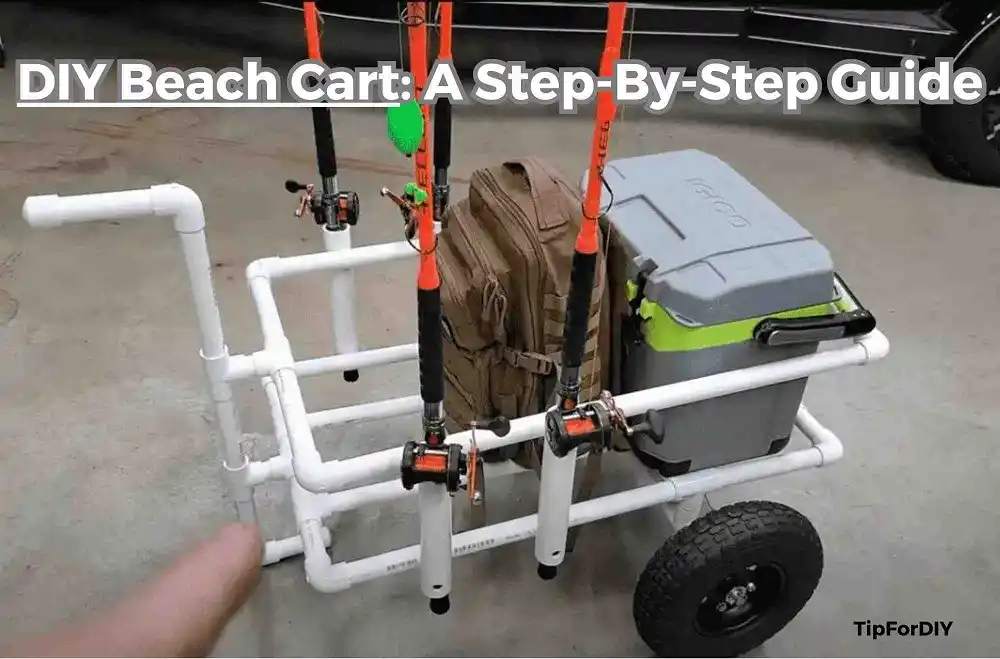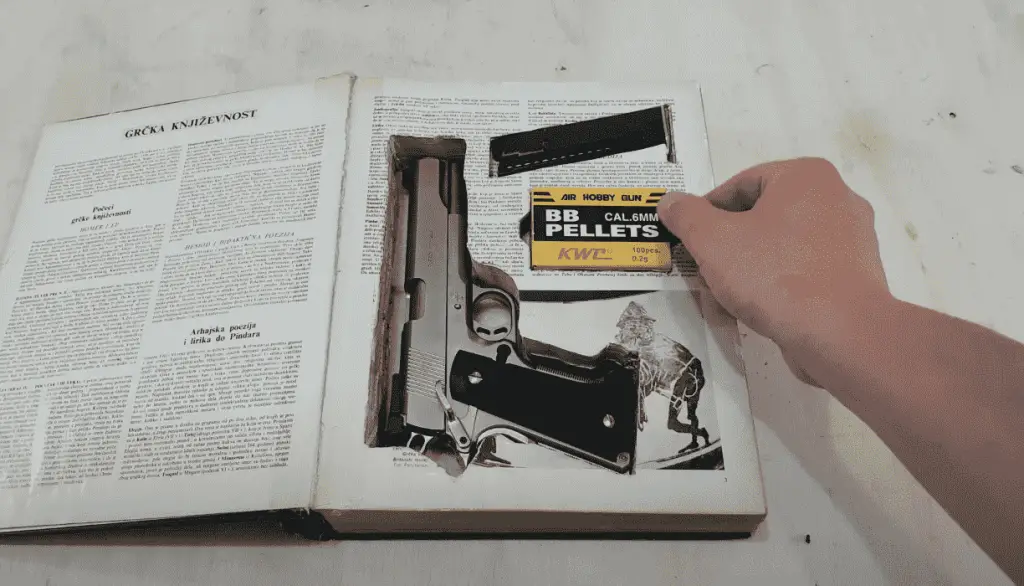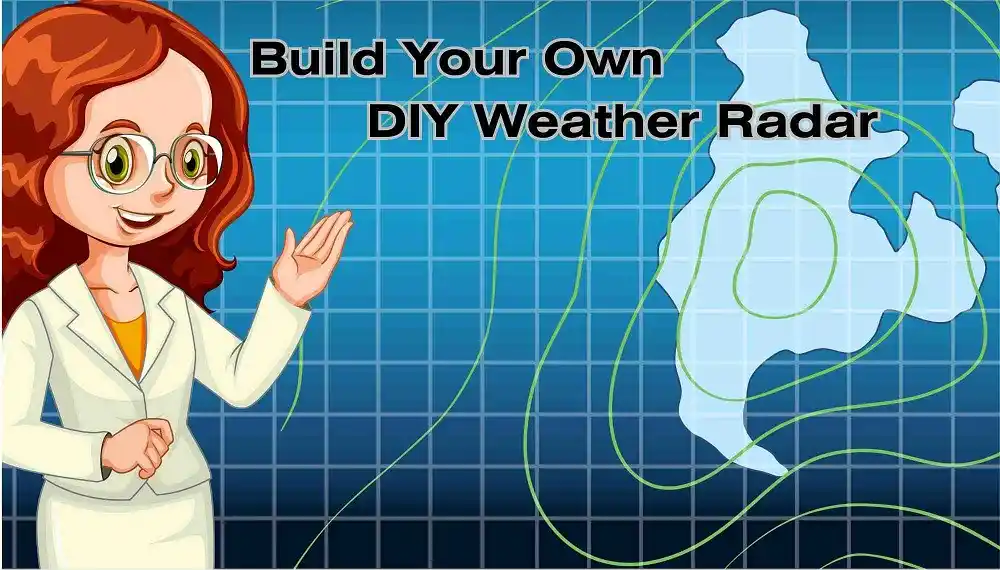
Have you ever wondered what it’s like to predict the weather like a pro? Imagine having your very own radar system right at home, helping you peek into the secrets of the skies. Well, get ready to embrace your inner weather enthusiast because we’re about to dive into the exciting world of DIY Weather Radar!
Table of Contents
- Understanding the Magic Behind Radar
- Why Do-It-Yourself?
- Gather Your Gear: Components and Materials
- Building Your Radar: Where the Fun Begins
- Processing the Magic: Data Acquisition and Beyond
- Calibrate Like a Pro: Testing and Fine-Tuning
- Seeing is Believing: Data Visualization
- DIY Weather Radar Adventures and Misadventures
- Safety First: Navigating the Storm
- Beyond the Backyard: Real-World Applications
- The Final Frontier: Conclusion and Beyond
- Additional Resources and Teasers
Understanding the Magic Behind Radar
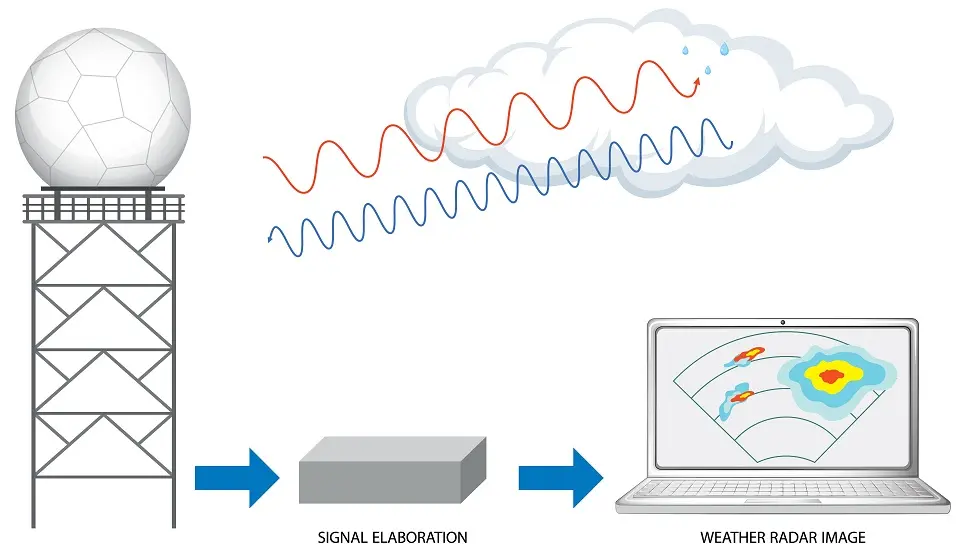
Alright, before we embark on this captivating journey, let’s get the basics down. You’ve probably heard about radar, but did you know it’s not just for spy movies? Radar is like a super-powered radio that can bounce signals off objects and give you information about them. In our case, it’s all about those fluffy clouds and raindrops.
Picture this: You’re getting ready for a day outdoors, and suddenly the skies turn gray. You’d love to know if it’s just a passing shower or an all-day downpour, right? That’s where radar comes in. It sends out signals that bounce off raindrops, telling you exactly where and how intense the rain is. It’s like having a sixth sense for weather changes!
Why Do-It-Yourself?
Now, you might be wondering, “Why would I want a radar in my backyard?” Well, here’s the scoop: DIY Doppler weather radar isn’t just for the experts anymore. With a bit of curiosity and some tinkering, you can have your very own home weather radar system that reveals the weather around you in real time. No more surprises when you step outside!
Imagine waking up and checking your homemade radar display to see if you need an umbrella or if it’s safe to wear those white sneakers. It’s not just about avoiding getting wet – it’s about being prepared and in the know. Plus, imagine the awe on your friends’ faces when you casually mention, “Oh, I knew this rain was coming.” You’re basically a weather wizard!
Gather Your Gear: Components and Materials
To get started, gather your gear. You’ll need some magical components like antennas, transmitters, and receivers. Don’t worry, it’s not rocket science! Think of it as putting together a puzzle. You can find these parts online or at local electronics stores, and trust me, the satisfaction of finding the perfect pieces is like striking gold.
Here’s where the fun comes in: You’re not just assembling random bits. Each piece has a specific job, just like a soccer team. The antenna acts like your radar’s eyes, capturing signals from the sky. The transmitter sends out signals, and the receiver catches the ones that bounce back. Together, they create a radar dance that reveals the weather secrets.
Building Your Radar: Where the Fun Begins
Now, let’s get to the fun part: building your radar system! It’s like crafting a secret weather-hunting weapon. Choose the radar frequency that suits your needs, kind of like picking the right lens for a camera. Then, design your radar antenna. Don’t be surprised if you feel like a mad scientist while you’re at it!
Remember those science projects you did in school? Building a radar is like the grown-up, cooler version. You’ll measure, cut, and shape materials to create an antenna that’s like a magic wand, pulling weather data from the skies. And don’t worry, if you mess up a bit, it’s all part of the learning adventure. Edison didn’t invent the light bulb on his first try, after all!
Processing the Magic: Data Acquisition and Beyond
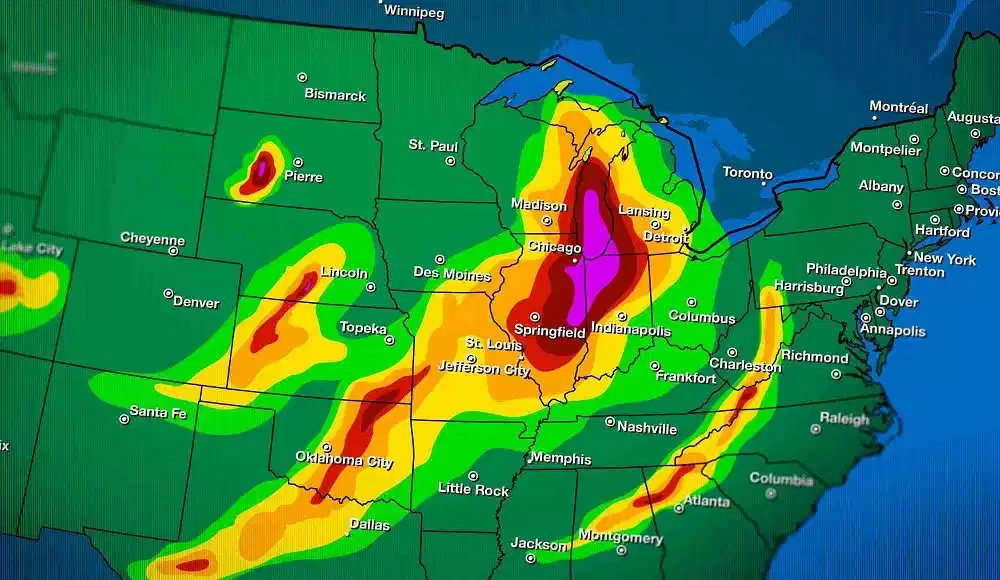
Alright, we’ve got our radar, but how do we make sense of the blips and bleeps it gives us? That’s where data processing swoops in. Connect your radar to a computer, and voilà! With a sprinkle of software magic, you can turn those signals into colorful maps that reveal what’s happening up there. It’s like solving a puzzle that Mother Nature left for you.
Remember those detective shows where they analyze fingerprints and create suspect profiles? Processing radar data is a bit like that, only instead of fingerprints, you’re working with raindrop echoes. You’ll watch as your computer screen transforms into a canvas of weather patterns. It’s a bit like being an artist, but instead of paint, you’re using data to create your masterpiece!
Calibrate Like a Pro: Testing and Fine-Tuning
Just like a chef perfects their recipes, you need to calibrate your radar. It’s like tuning a musical instrument but for the weather! Set up controlled environments to test your radar’s accuracy. And don’t worry if it feels a bit tricky at first – even seasoned weather experts fine-tune their equipment regularly.
Calibration might sound technical, but it’s like adjusting your car’s side mirrors for the perfect view. You want to make sure your radar doesn’t get confused by stray signals or miss important rain patterns. So, it’s all about finding that sweet spot where your radar becomes your trusty weather sidekick.
Seeing is Believing: Data Visualization
Time to see the magic happen! Visualizing your radar data is like seeing the world through new eyes. With colorful maps and easy-to-understand displays, you’ll decode the secrets of the clouds. It’s like getting a sneak peek into a blockbuster movie before everyone else.
Remember those treasure maps from adventure stories? Your radar data visualizations are a bit like that, only instead of marking buried gold, you’re marking rain and storm patterns. And just like a pirate captain, you’ll feel a rush of excitement as you decipher what the radar is telling you. It’s a front-row seat to the greatest show on Earth – the weather!
DIY Weather Radar Adventures and Misadventures
Now, don’t be surprised if you face a few challenges along the way. It’s all part of the DIY adventure! Maybe your radar starts singing when it shouldn’t, or your data looks like a Picasso painting. But fear not! There’s a whole community of weather enthusiasts ready to help you troubleshoot your way to success.
Think of these challenges as the plot twists in your weather radar story. Just when you think you’ve got it all figured out, a new twist comes in. But each twist is a learning opportunity, a chance to understand your radar better and maybe even discover something new. It’s like a puzzle that keeps getting more interesting with every piece you put together.
Safety First: Navigating the Storm
Before you dive into radar excitement, remember to play safe. Radar might seem harmless, but like any superhero tool, it comes with responsibility. Plus, there are rules and regulations to follow to ensure your radar doesn’t interfere with others’ signals. Safety first, intrepid weather explorer!
Imagine you’re about to embark on a grand adventure. Before you set sail, you make sure your ship is sturdy, your crew is ready, and you have a map to guide you. Your DIY radar journey is just like that – exciting and full of possibilities, but with a bit of preparation, you’ll sail through smoothly.
Beyond the Backyard: Real-World Applications
Hold onto your hats, because your DIY weather radar isn’t just for show. Imagine being the go-to weather guru among your friends. Planning a picnic? You’ve got it covered. Feeling a storm brewing? You’ll be the first to know. Your radar isn’t just a gadget; it’s a gateway to weather wisdom!
Remember those moments when you wished you could predict the weather accurately? Imagine how impressed your friends and family will be when you casually say, “Oh, I knew this rain was coming.” Your radar isn’t just a DIY project; it’s your secret weapon against unpredictable weather. And who knows, you might even become the local legend who always knows when to bring an umbrella.
The Final Frontier: Conclusion and Beyond
As our DIY weather radar adventure comes to a close, remember this: With a little curiosity and some tinkering, you can unlock the mysteries of the skies. From building your radar to conquering data processing, you’ve embarked on a journey that makes you a true weather magician. So, go ahead, gather your gear, unleash your inner meteorologist, and let the skies reveal their secrets!
Additional Resources and Teasers
Feeling inspired to become a weather wizard? Dive deeper into the world of DIY weather radars with these resources:
- Online Communities: Join forums and social media groups where fellow weather enthusiasts share their experiences, tips, and triumphs. It’s like joining a club of fellow explorers!
- Tutorials and Guides: Explore step-by-step tutorials and guides on building your DIY radar. Think of them as treasure maps guiding you on your radar-building journey.
- Local Workshops: Keep an eye out for local workshops and events where you can learn from experts and fellow radar enthusiasts. It’s like attending a weather radar convention!
Remember, your journey doesn’t end here. With each challenge you overcome and each radar map you decode, you’ll become a more skilled meteorologist. Who knows, maybe one day you’ll even contribute valuable data to weather networks, making a real impact on forecasting accuracy. So, what are you waiting for? Grab your toolkit, ignite your curiosity, and let’s build a weather radar that would make Mother Nature proud!

